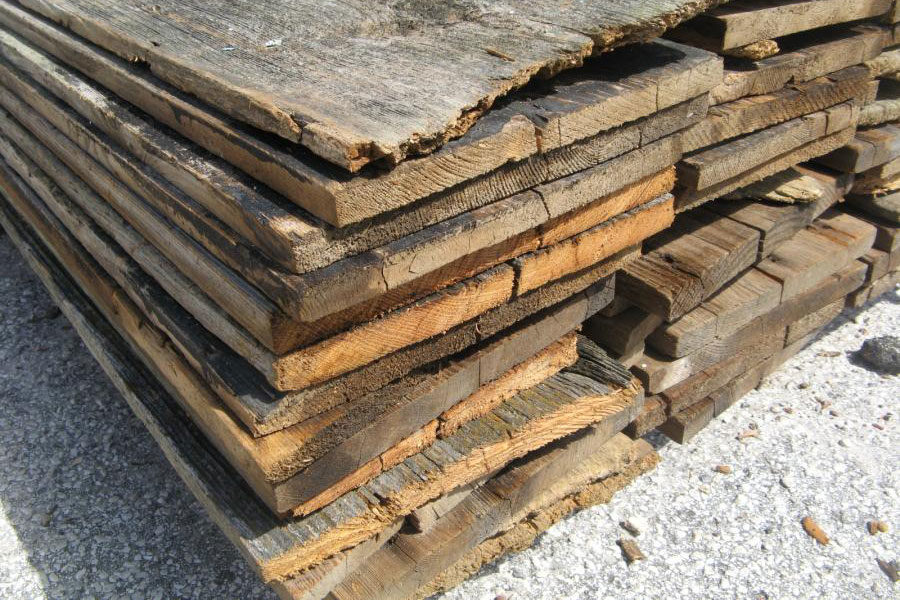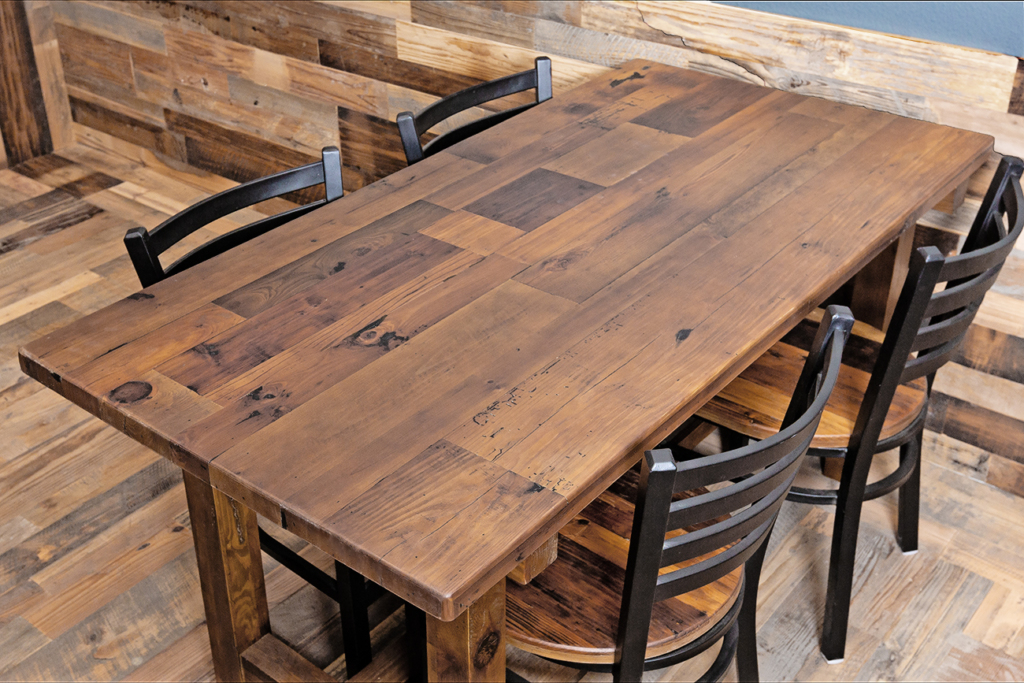Reclaimed Wood in Construction

The construction industry has been increasingly embracing sustainable practices, and one notable area of focus is the reuse of materials. Reclaimed wood, in particular, has gained popularity as a sustainable alternative to traditional new lumber. This article explores the concept of reclaimed wood in construction, highlighting its benefits, applications, and contribution to environmental preservation.

Environmental Benefits
Utilizing reclaimed wood in construction significantly reduces the demand for new timber harvesting. By repurposing salvaged wood from old buildings, barns, or even discarded furniture, the need for deforestation is minimized, preserving natural resources and protecting ecosystems. Reclaimed wood also reduces carbon emissions since it requires less energy-intensive processing compared to new lumber. Additionally, reusing wood prevents it from ending up in landfills, where it would contribute to waste and potential
Unique Aesthetic Appeal
Reclaimed wood adds a distinct and unique character to construction projects. Each piece carries its history, showing signs of wear, weathering, and a natural patina that cannot be replicated with new materials. The imperfections and distinct grain patterns of reclaimed wood create a warm and inviting atmosphere, adding charm and authenticity to architectural designs. Whether used in flooring, wall paneling, or furniture, reclaimed wood lends a sense of nostalgia and story to the built environment.

Durability and Strength
Contrary to popular belief, reclaimed wood is visually appealing but also durable and strong. Many reclaimed wood pieces come from old-growth trees known for their dense and resilient nature. These timbers have already withstood the test of time, often exhibiting better resistance to warping, cracking, and decay compared to newly harvested lumber. By incorporating reclaimed wood into construction projects, builders can achieve structural integrity while minimizing the need for new materials, resulting in sustainable and long-lasting structures.
Fostering Circular Economy
Using reclaimed wood supports the principles of the circular economy by extending the lifespan of materials. Rather than discarding or demolishing old structures, salvaging and reusing wood allows it to continue its journey, avoiding the need for new products and reducing waste. The practice of sourcing reclaimed wood also contributes to job creation and economic opportunities within the salvage industry. It promotes local and regional economies centered around the collection, processing, and distribution of reclaimed materials, fostering a more sustainable and resilient construction sector.
Wrap up
Reclaimed wood presents a compelling option for sustainable construction practices. It offers environmental benefits by reducing deforestation, minimizing waste, and lowering carbon emissions. Beyond its eco-friendliness, reclaimed wood brings unique aesthetic appeal, durability, and strength to construction projects. By incorporating reclaimed wood, builders and designers contribute to the preservation of natural resources, promote the circular economy, and create spaces with character and authenticity. Embracing reclaimed wood in construction is not just a choice for sustainability but a celebration of history, craftsmanship, and the beauty of repurposing materials.


